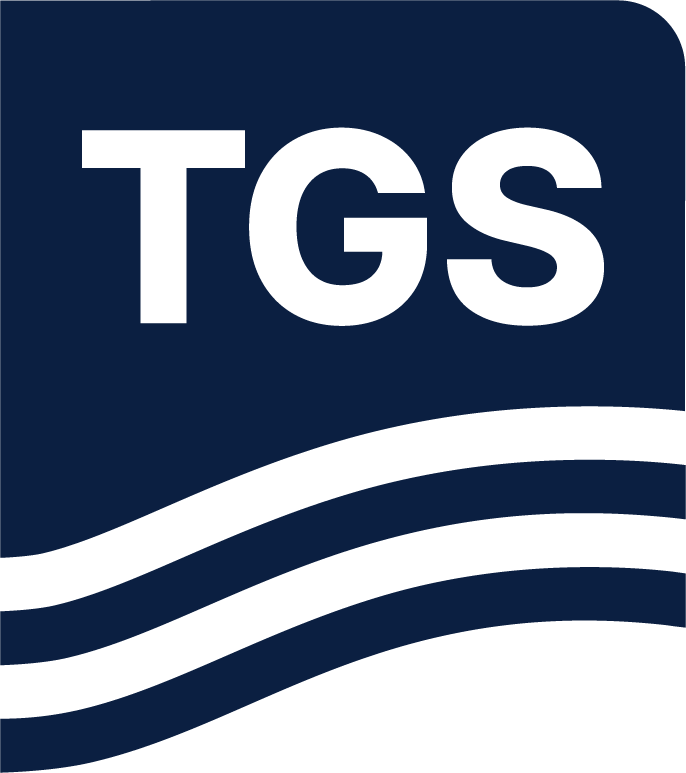Paper Summary
The world is undergoing an energy transformation, with the UK aiming for 50 GW of offshore wind capacity by 2030. Achieving this goal requires technologies that can accelerate the development of accurate 3D Quantitative Ground Models (QGM) for site characterization. This study investigates the integration of 3D Ultra High-Resolution Seismic (3D UHRS) data with Quantitative Interpretation (QI) methods for this purpose.
Two machine learning (ML) models based on the Gradient Boosted Tree algorithm are tested. The first model uses post-stack 3D UHRS data to predict cone resistance from acoustic impedance and envelope attributes. The second model shifts these curves vertically to address potential time-depth conversion uncertainties. Results indicate a strong correlation between predicted and measured cone resistance, with ML methods outperforming traditional linear regression in capturing vertical and lateral variations. This research highlights the potential of ML algorithms to streamline geotechnical assessments, potentially reducing reliance on extensive CPTs, and enhancing efficiency in offshore wind site evaluations. Ongoing efforts aim to refine these methodologies and expand their applications, for example the introduction of pre-stack Relative Extended Elastic Impedance (rEEI) for predicting Gmax, although further calibration is needed due to the lack of Cone Penetration Test (CPT) data in the area.

